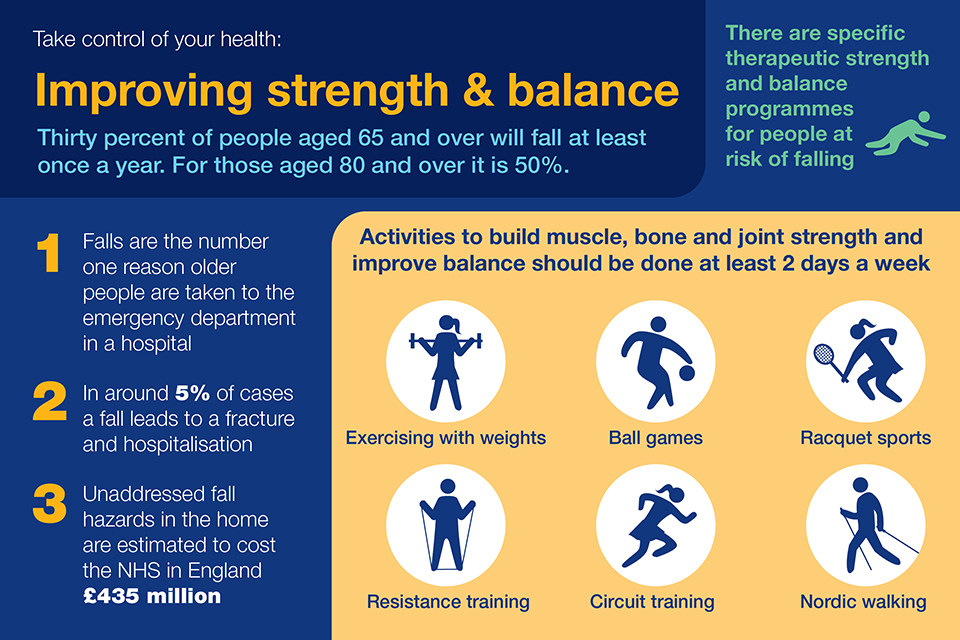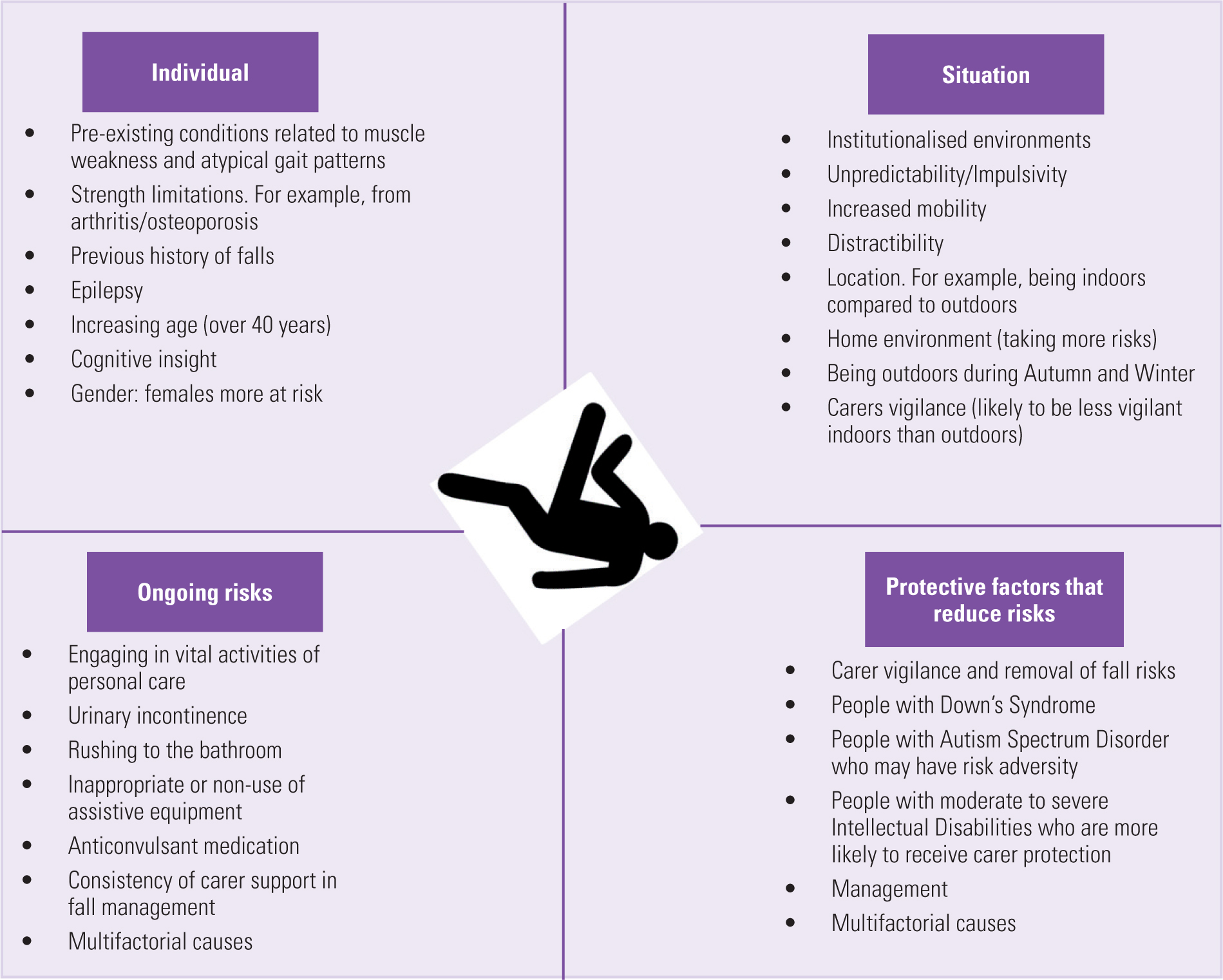Some Known Details About Dementia Fall Risk
Table of ContentsThe Best Guide To Dementia Fall RiskDementia Fall Risk Things To Know Before You Get ThisEverything about Dementia Fall RiskDementia Fall Risk Can Be Fun For Everyone
A loss risk assessment checks to see how most likely it is that you will certainly drop. The analysis usually consists of: This includes a series of questions regarding your general health and wellness and if you have actually had previous falls or problems with balance, standing, and/or walking.STEADI consists of testing, assessing, and treatment. Treatments are recommendations that might lower your risk of dropping. STEADI consists of 3 actions: you for your risk of succumbing to your risk elements that can be improved to try to prevent falls (as an example, balance problems, impaired vision) to decrease your danger of falling by using effective methods (for instance, offering education and sources), you may be asked several concerns consisting of: Have you fallen in the past year? Do you feel unsteady when standing or walking? Are you stressed regarding falling?, your company will evaluate your strength, equilibrium, and stride, making use of the complying with autumn analysis tools: This test checks your stride.
After that you'll take a seat again. Your service provider will inspect how much time it takes you to do this. If it takes you 12 secs or more, it may mean you go to higher risk for a loss. This test checks stamina and balance. You'll rest in a chair with your arms crossed over your breast.
Relocate one foot midway onward, so the instep is touching the large toe of your various other foot. Relocate one foot completely in front of the other, so the toes are touching the heel of your various other foot.
The Facts About Dementia Fall Risk Revealed
The majority of falls occur as a result of numerous contributing factors; therefore, managing the threat of dropping starts with determining the factors that add to drop danger - Dementia Fall Risk. Several of one of the most appropriate risk elements include: Background of previous fallsChronic medical conditionsAcute illnessImpaired gait and equilibrium, lower extremity weaknessCognitive impairmentChanges in visionCertain high-risk drugs and polypharmacyEnvironmental factors can likewise raise the danger for drops, including: Inadequate lightingUneven or harmed flooringWet or slippery floorsMissing or harmed handrails and grab barsDamaged or poorly fitted equipment, such as beds, mobility devices, or walkersImproper use assistive devicesInadequate guidance of the individuals staying in the NF, consisting of those who show aggressive behaviorsA effective autumn threat administration program requires an extensive clinical analysis, with input from all members of the interdisciplinary group

The care strategy must also consist of interventions that are system-based, such as those that advertise a risk-free setting (proper illumination, hand rails, get useful source bars, and so on). The effectiveness of the treatments ought to be assessed regularly, and the care strategy modified as essential to show changes in the autumn threat evaluation. Implementing a loss risk administration system making use of evidence-based finest technique can reduce the prevalence of falls in the NF, while restricting the possibility for fall-related injuries.
Some Known Questions About Dementia Fall Risk.
The AGS/BGS standard advises screening all adults aged 65 years and older for autumn danger each year. This testing consists of asking patients whether they have fallen 2 or even more times in the past year or sought medical attention for a fall, or, if they have not dropped, whether they really feel unsteady when strolling.
Individuals that have actually dropped as soon as without injury needs to have their equilibrium and stride evaluated; those with stride or equilibrium abnormalities ought to obtain added analysis. A background of 1 autumn without injury and without gait or balance problems does not warrant more assessment past continued yearly fall risk testing. Dementia Fall Risk. An autumn threat analysis is required as component of the Welcome to Medicare assessment

Dementia Fall Risk for Dummies
Recording a falls history is just one of the quality signs for autumn prevention and administration. A crucial part of threat assessment is a medicine review. Several courses of medications boost fall danger (Table 2). copyright medicines in certain are independent predictors of falls. These drugs have a tendency to be sedating, modify the sensorium, and impair balance and stride.
Postural hypotension can usually be reduced by minimizing the dosage of blood pressurelowering medications and/or stopping medicines that have orthostatic hypotension as an adverse effects. Use of above-the-knee support pipe and copulating the head of the bed elevated might likewise reduce postural reductions in blood pressure. The suggested components of a fall-focused physical exam are revealed in Box 1.

A pull time above or equivalent to 12 secs recommends high fall threat. The 30-Second Chair check this Stand examination evaluates lower extremity strength and equilibrium. Being not able to stand up from a chair of knee height without making use of one's arms shows increased loss threat. The 4-Stage Equilibrium examination examines fixed equilibrium by having the patient stand in 4 positions, each gradually extra challenging.